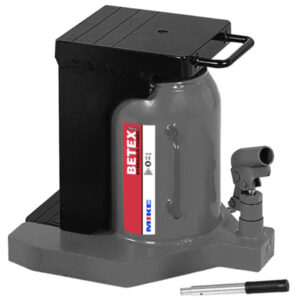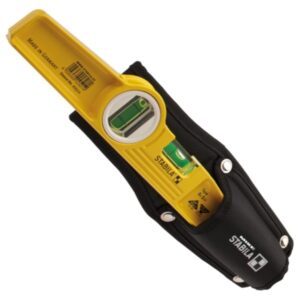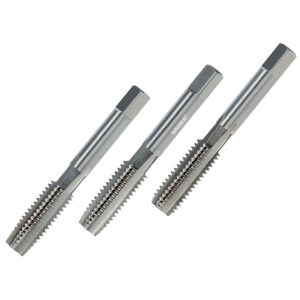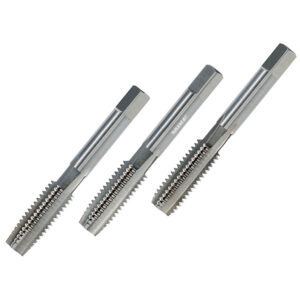A bottle jack is a type of hydraulic jack that is commonly used to lift heavy objects, such as vehicles or machinery. It consists of a vertical cylinder with a piston inside, which is connected to a pumping system. When the pump handle is operated, hydraulic pressure builds up in the cylinder, causing the piston to rise and lift the load.
Bottle jacks are named for their shape, which resembles a bottle with a narrow neck and a wide base. They typically have a lifting capacity of several tons and are often used in automotive repair, industrial maintenance, and construction applications. Bottle jacks are portable and relatively easy to use, but they require careful positioning and stability to ensure safe and effective lifting.
Bottle jacks are generally designed to be operated vertically, with the load placed on a flat, stable surface. They can lift heavy loads with relatively little effort, making them a popular choice for DIY enthusiasts and professionals alike. However, it’s important to use a bottle jack that is rated for the weight of the load you need to lift, as using an undersized jack can be dangerous and can lead to equipment failure or injury.
Bottle jacks are available in a range of sizes, from small units that can lift a few tons to larger models that can lift several tons. Some bottle jacks are designed with a built-in pressure relief valve to prevent overloading, while others may require the use of a separate pressure gauge. It’s important to follow the instructions provided by the manufacturer when using a bottle jack to ensure safe and effective operation.
Overall, bottle jacks are a useful tool for lifting heavy loads in a variety of settings, but they should be used with caution and proper safety precautions should be taken to avoid accidents or injury.
When using a bottle jack, it is important to ensure that the load is properly balanced and supported. The load should be centered on the jack and positioned so that it rests evenly on the lifting pad. The jack should be positioned on a flat, level surface and the load should not be lifted higher than necessary.
It is also important to use proper safety equipment when using a bottle jack, such as gloves and eye protection. The area around the jack should be kept clear of people and objects, and the load should never be moved or disturbed while it is lifted.
When the lifting operation is complete, the load should be lowered carefully and the jack should be stored in a safe and secure location. Regular maintenance and inspection of the jack is important to ensure that it remains in good working condition and can be used safely in the future.
Overall, bottle jacks are a useful tool for lifting heavy loads, but they should be used with caution and proper safety precautions should be taken to avoid accidents or injury.
Bottle Jacks
Showing the single result






